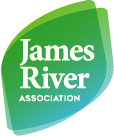Advocacy
River Advocacy
The James River Association strives to provide a voice for the River on important policy issues. Through advocacy at the citizen, local, state and federal levels, the James River Association works to ensure the health of the James River.
Learn more about our advocacy efforts below.
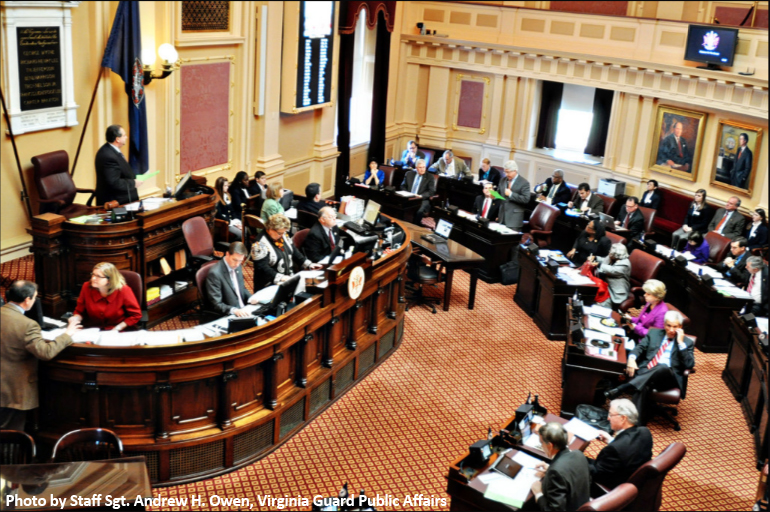
Meet the Team


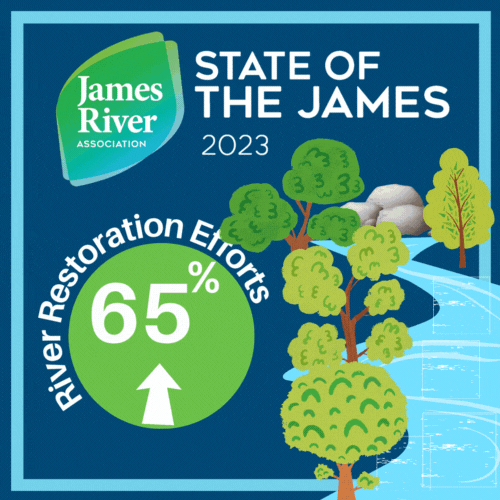
The State of the James is a report card summarizing ongoing efforts to bring the James River back to full health. This comprehensive assessment of the health of the river is published every two years. View the report to see how the river’s health has changed.
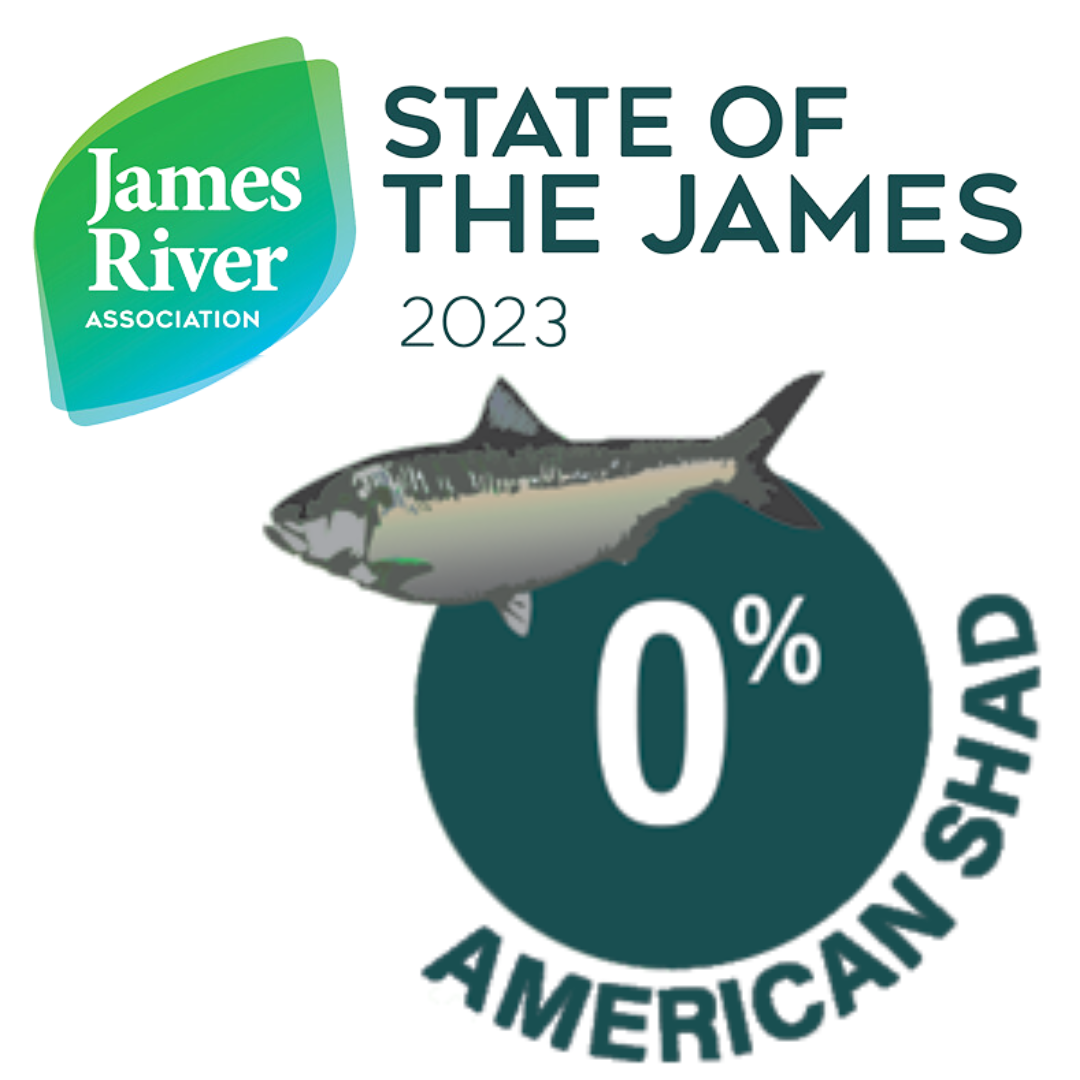
American shad was once one of the largest commercial fisheries along the Atlantic coast. The 2023 American shad stock assessment by the Virginia Institute of Marine Science found that populations of American shad in the James are at an all-time low. Learn what the James River Association is doing to assist the American Shad Recovery Plan.
Make Your Voice Heard!
The actions of our government – at the local, state and federal levels – have an enormous impact on you and your family. Writing an email or a letter and making a follow-up phone call only takes a few minutes of your time, but it ensures that the people who make decisions on your behalf every day know how you want to be represented.
Elected officials at every level of government need to hear that their constituents care about clean water and a healthy James River. We’ve identified policy solutions that will help us reach a “Grade A” river. Take action now to share those solutions with your representatives.
Become a RiverRep
Interested in taking a deeper dive into advocacy? Join RiverReps — our group of passionate individuals ready to speak up on the issues impacting the James River.
RiverReps are trained in how to most effectively share their message for clean water, are kept in the loop on our advocacy strategy each legislative session, and are asked to take three advocacy actions per year. As a RiverRep, your voice can bring change to the James.
Advocacy at each level

Local Advocacy
Many decisions that impact the James River are made at the local level. From stream buffer protections to political support for river restoration to emphasizing environmental education – it all starts at home. The James River Association works at the local level to ensure that the river is a priority in decision makers minds.
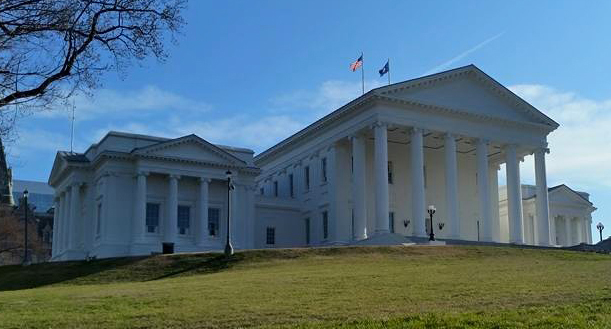
State Advocacy
At the state level, we ensure that public policies are in place to achieve a fully healthy James River. Our focus is two pronged: addressing long-term pollution concerns through river restoration plans and ensuring proper protections are in place to prevent future degradation. To accomplish these objectives, we work closely with state agencies as well as the Virginia General Assembly.

Federal Advocacy
As a part of its federal government outreach, the James River Association participates in the Choose Clean Water Coalition — 200 organizations from throughout the Chesapeake Bay watershed dedicated to protecting clean water for all. The James River Association focuses on supporting federal funding for clean water programs, working with the EPA on the Chesapeake Bay Cleanup, as well as agricultural and urban stormwater issues.
Top Advocacy Priorities
The James River Watershed compromises over 10,000 square miles and provides drinking water to almost 3 million Virginians. As the voice for the River, JRA’s Advocacy Team works with lawmakers, industry partners, state officials, and members of the community to find bipartisan policy solutions to complex conservation issues. Learn more below.
Agriculture
Agriculture has a huge impact on both the economics and environment of the James River Watershed.
Wetlands
Home to iconic wetlands such as the Dismal Swamp, the wetlands of the James River Watershed compromise thousands of acres and provide critical habitat to hundreds of species of animals.
Combined Sewer Overflow
During heavy rains, Richmond’s stormwater system can become overwhelmed, resulting in the expulsion of untreated stormwater into the James.
PFAs/ Emerging Contaminants
“Forever Chemicals” and other pollutants are a serious threat to health of millions of Virginians who rely on the James for clean drinking water.
Mussels
A single mussel can filter up to 15 gallons of water per day. JRA is working with partners to reintroduce these amazing creatures into the watershed, which will improve water quality and habitat.
Sediment
The single largest impediment to a fully healthy James River, sedimentation caused by erosion, runoff, and associated development, creates turbid waters which stunt the growth of critical aquatic habitat.
Stormwater
Stormwater pollution poses a significant threat to the health of the James River by carrying pollution off the road and into tributaries. JRA is working on the ground and in the legislature to not only put forth policy-driven solutions but also implement green infrastructure projects.
Blue Catfish
Originally introduced into the James River in the early 1970s, this invasive predator can make up over 80% of the River’s biomass in some areas, and poses a significant threat to the health of multiple other fish species.
American Shad
In 2021, the Virginia Institute of Marine Science’s (VIMS) monitoring data showed American shad at 0% of the Chesapeake Bay Program’s shad abundance goal for the James River, underscoring the need for a recovery effort. In 2022, JRA successfully secured funding for the development of a recovery plan through the Virginia Institute of Marine Science. Learn more about what we are working on with the American Shad Recovery Plan.
Advocate for your river.
Our Action Network, made up of thousands of advocates, contacts legislators, attends public hearings, researches policies and regulations, and helps us recruit others to speak up for the river.

